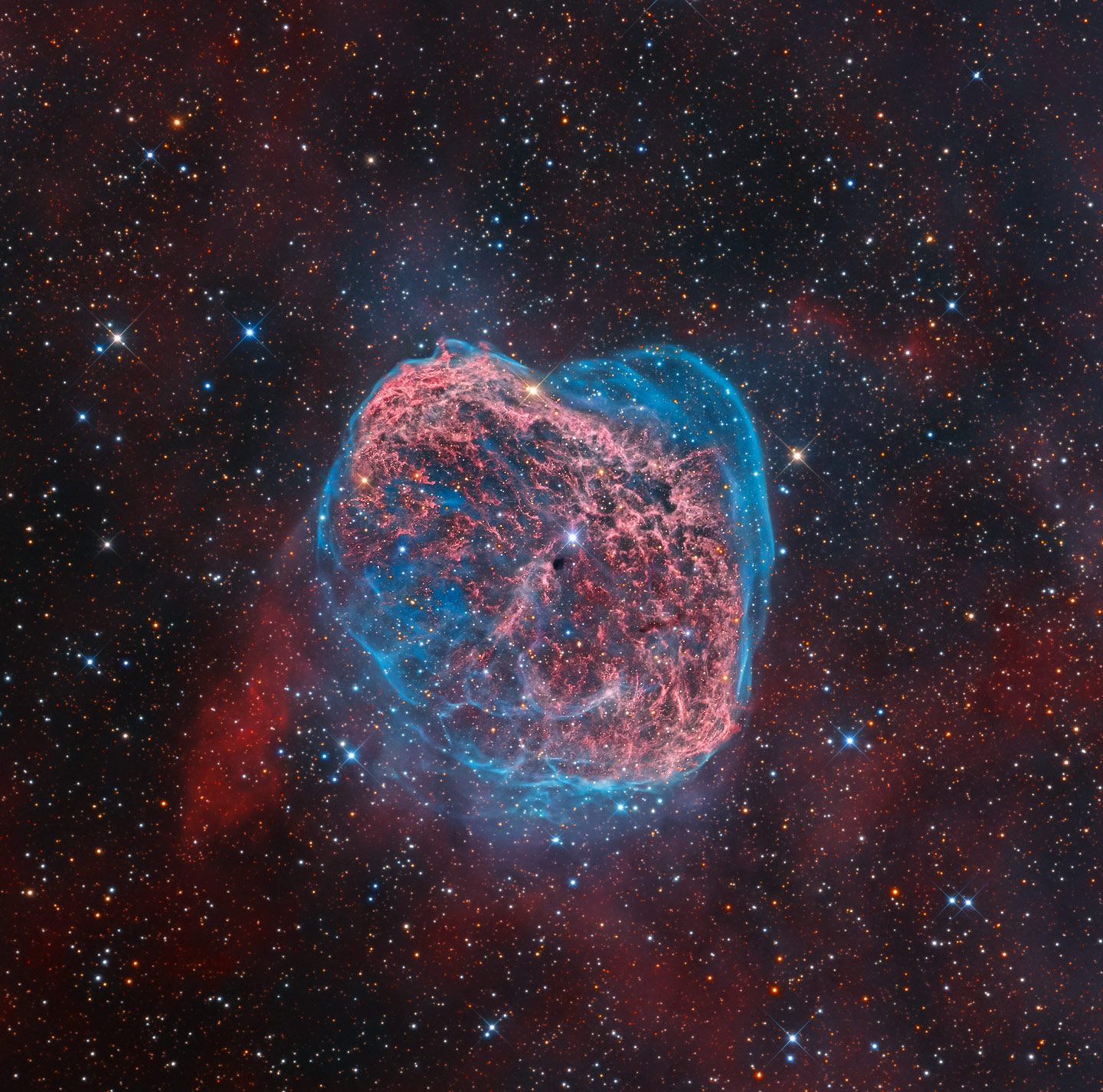
From attack ships on fire off the shoulder of Orion to c-beams glittering in the dark near the Tannhauser Gate, Slate’s Phil Plait shows off the winners of this year’s Astronomy Photographs of the Year. All 2500 submissions can be viewed here.
Haunting the Web Since 1999

From attack ships on fire off the shoulder of Orion to c-beams glittering in the dark near the Tannhauser Gate, Slate’s Phil Plait shows off the winners of this year’s Astronomy Photographs of the Year. All 2500 submissions can be viewed here.
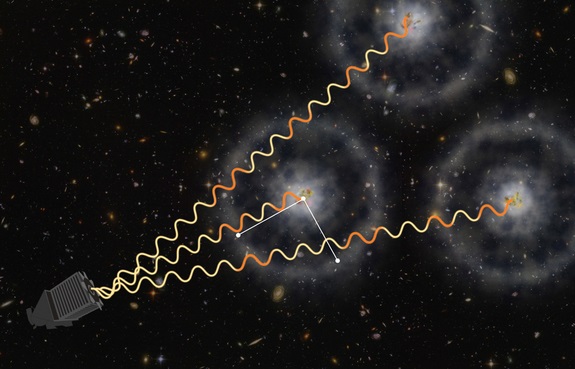
By incorporating quasars into the field of study, physicists determine the expansion rate of the universe to within 2.2 accuracy. That rate: 68 kilometers per second (which, for the Douglas Adams aficionados out there, translates into 42 miles per second.) “The uncertainty is plus or minus only a kilometer and a half per second.”
Well I definitely agree with the sentiments being expressed, tho’ this trailer is a mite schmaltzy. Some observant commenters at Vulture noted that, given McConaughey’s insistence he will be returning (and I’m not sure how that’s going to work out given his apparent traveling at relativistic speeds), Jessica Chastain is probably the older version of Murphy the teenage redhead. Prompting someone else to say this: “In other words, they get older, he stays the same age.” Ten points for Gryffindor.
Who knows what will happen in 2020 — for now, the scientists (if not the politicians) are saying that “the relationship between NASA and Roscosmos is good, it is healthy.” In any event, NASA has set up a 24-hour live-feed from the ISS. Hopefully, it will help keep things in perspective down here.
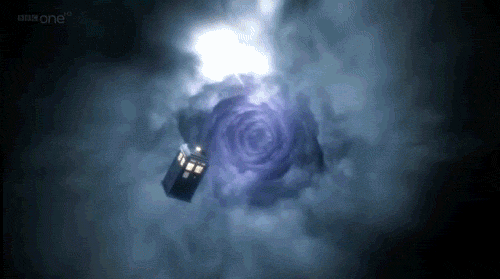
Once dismissed as a crank 30 years ago — this apparently happens to theorists of time often — an MIT professor finds his quantum theory of time gaining adherents. “Energy disperses and objects equilibrate…because of the way elementary particles become intertwined when they interact — a strange effect called ‘quantum entanglement.’…’What’s really going on is things are becoming more correlated with each other,’ Lloyd recalls realizing. ‘The arrow of time is an arrow of increasing correlations.'”
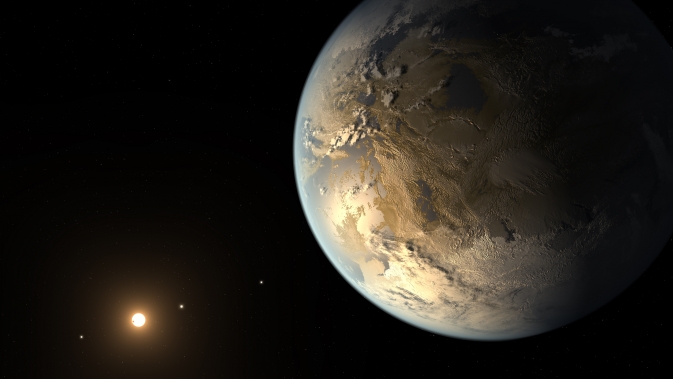
New planets have been discovered at a pretty decent clip of late. But, in a milestone, NASA’s Kepler Telescope finds in Kepler 186f, 500 light years away, “the first Earth-size planet orbiting a star in the ‘habitable zone’ — the range of distance from a star where liquid water might pool on the surface of an orbiting planet.” (“Earth-size” being the key word here — Kepler has previously found larger planets in the habitable zone.) To put it all down and start again, from the top to the bottom and then…
Update: Interesting speculation: Does Kepler 186f bode ill for our future? “This apparent absence of thriving extraterrestrial civilizations suggests that at least one of the steps from humble planet to interstellar civilization is exceedingly unlikely. The absence could be caused because either intelligent life is extremely rare or intelligent life has a tendency to go extinct.”
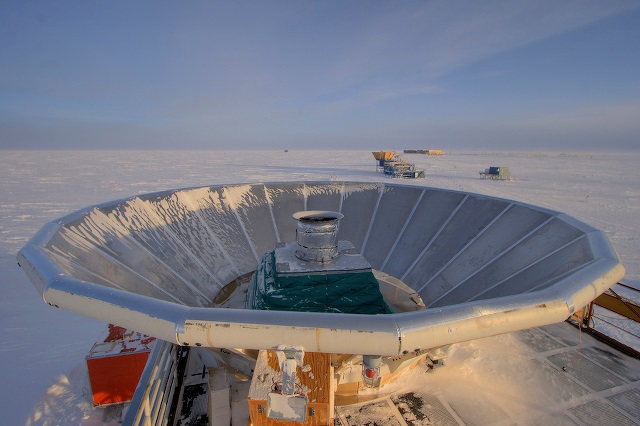
Until now? With help from the South Pole’s BICEP2 observatory, astrophysicists announce they have detected the first possible direct evidence of cosmic inflation after the Big Bang, in the form of “distortions in the cosmic microwave background light…Those distortions take the form of twisting of the light’s polarization created by gravitational disturbances from inflation.” “‘This has been like looking for a needle in a haystack, but instead we found a crowbar,’ said co-leader Clem Pryke.”
Update: 5 Sigma, R of 0.2. WHAT? Also another good explanation here: “Punchline: other than finding life on other planets or directly detecting dark matter, I can’t think of any other plausible near-term astrophysical discovery more important than this one for improving our understanding of the universe.”
Update 2: “The problem: the signal predicted by inflation is something called polarization, a sort of twisting of electromagnetic radiation. And while it can come from inflation-triggered gravity waves, microwaves from the early universe are altered en route to earthly telescopes, and if you don’t allow for the alteration, you can mistake local dust for a signal from billions of years ago.” Wait a tic: Princeton scientists cast doubt on the discovery.
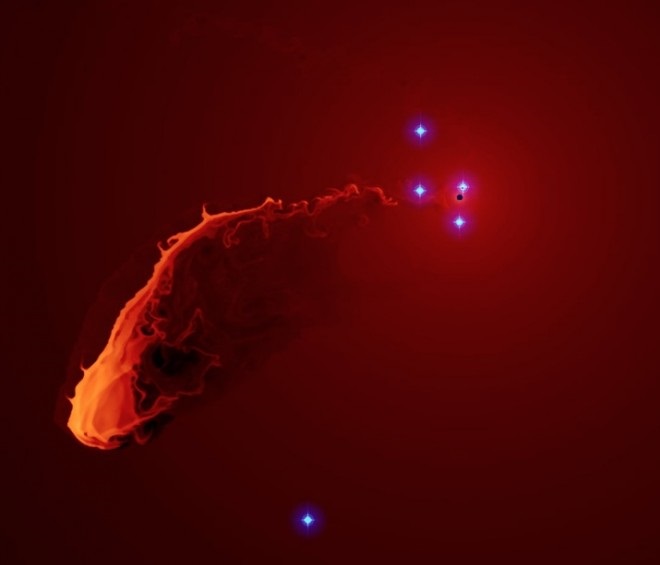
With an array of telescopes, astronomers are watching a gas cloud waft dangerously close to the supermassive black hole at the center of our galaxy “this month” (Of course, it already happened ages ago, and we’re just now being apprised of it.)
“The gas cloud…could either continue on its current orbit and slingshot around the black hole or it could run into surrounding gas and dust, which will make it lose speed and start sliding down toward the black hole. The first scenario could give scientists insight into the evolution of galaxies and better understand the history of our Milky Way’s own black hole. In the second case, they might get to watch the black hole consume a sizable dinner.” Say hi to Maximillian for me.
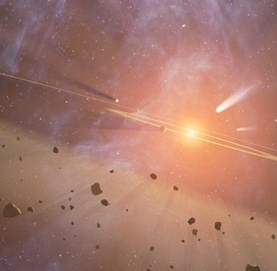
By way of Dangerous Meta, did Dark Matter kill the dinosaurs? Extremely speculative here, but food for thought. “The European Space Agency’s Gaia mission, which launched last year, will map the gravitational field of the Galaxy and could rule out or confirm the presence of this darker disk.”
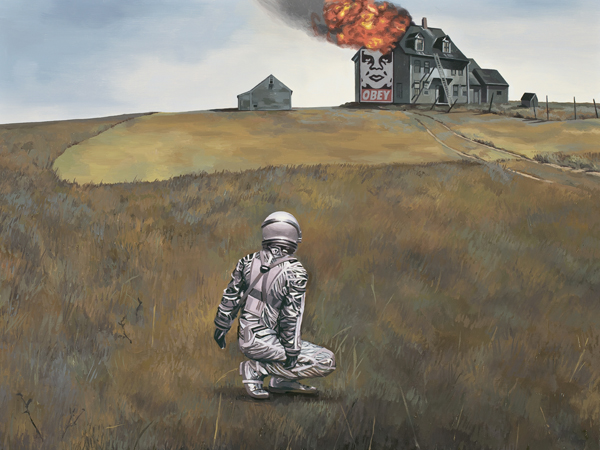
I feel like I may have blogged this at some point in the past, but couldn’t readily find it. At any rate, and Killscreen points the way to Scott Listfield’s AstronautDinosaur, where NASA’s finest find themselves on all manner of adventures.